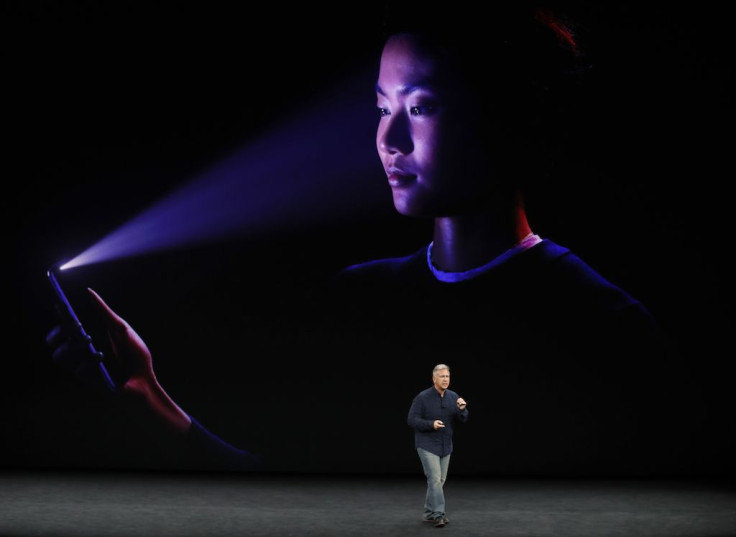Did The iPhone X's Facial Recognition Tech Really Fail During Live Demo?

One of the biggest changes Apple introduced with the iPhone X is the removal of theTouch ID fingerprint sensor and the inclusion of the facial recognition technology known as Face ID. Unfortunately, Face ID’s first ever demo yesterday appeared to have failed during Apple’s iPhone X event.
Craig Federighi, Apple’s senior VP of software engineering, went on stage yesterday to demonstrate the new Face ID feature on the iPhone X. Federighi attempted to unlock the iPhone X using Face ID, but the phone didn’t unlock and instead asked him to enter his passcode.
It’s being speculated that perhaps Face ID didn’t actually fail. The passcode screen that appeared on Federighi’s iPhone X said “Your passcode is required to enable Face ID.” This is the same prompt that pops up on existing iPhones when the device has been restarted, as pointed out by The Verge.
This is a security feature implemented by Apple when it first introduced Touch ID. Since Face ID will be replacing touch ID on the iPhone X, it isn’t really a surprise that Apple would implement the same security feature.
The possible problem here is that the iPhone X that Federighi used first might have been restarted, which is why it was asking him to enter the passcode before using Face ID. Another possible scenario is that several hours might have already passed since the last time Federighi used Face ID on the iPhone X unit he demoed on stage.
Did Face ID really fail during its first major demo? Possibly, but it could have simply been a huge mistake. YouTuber Lewis Hilsenteger from Unbox Therapy speculates that perhaps there’s still something wrong with the Face ID software.
Hilsenteger noticed that when Federighi switched to the backup iPhone X unit, the Apple executive wiped his face first before trying Face ID once again. It’s possible that it may have been a nervous tick, but it’s also plausible that Apple hasn’t fully worked out the issues of the Face ID software.
“The telling moment for me is when he rubs his face. The way he rubbed his face instantly implies he's had an issue previously. Granted, it could have been a nervous rub... Time will tell,” Hilsenteger said. “Either way, I remain skeptical of face unlock in general.”
There has been a lot of criticism towards facial recognition technology on smartphones. It’s considered to be not as secure as a fingerprint authentication.
Samsung first added facial recognition tech on the ill-fated Note 7, then it was included in the Galaxy S8. Most recently, the Galaxy Note 8 also adopted the same technology. Unfortunately, Samsung’s implementation of the technology can easily be fooled by a photograph.
Apple’s Face ID uses the infrared camera, flood illuminator, dot projector and the front-facing 7-megapixel camera on the iPhone X. The dot projector fires 30,000 invisible infrared dots on the user’s face, while the infrared camera takes a picture of those dots, as explained by CNET.
The photo of the infrared dots actually creates a rough pattern of the users face making it possible for Face ID to recognize the user. The front-facing camera on the iPhone X is also depth-sensing, meaning it can tell if its looking at a 3D object or just a flat picture.
Apple now needs to convince its customers that its Face ID tech on the iPhone X will be good enough not just for unlocking the phone, but also for authenticating Apple Pay payments. The absence of the Touch ID fingerprint sensor might become a deal-breaker for some, while others might simply go back to using regular passcodes.
© Copyright IBTimes 2024. All rights reserved.





















